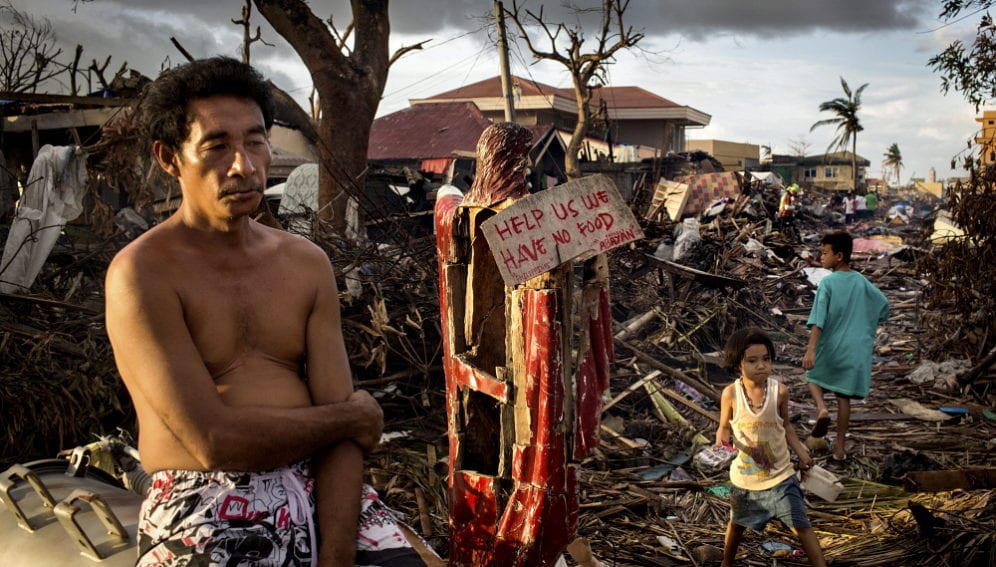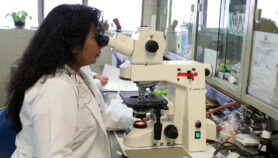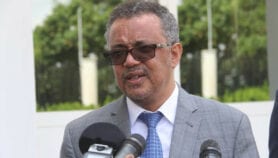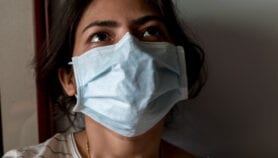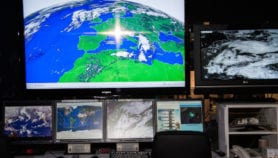By: Mike Ives
Send to a friend
The details you provide on this page will not be used to send unsolicited email, and will not be sold to a 3rd party. See privacy policy.
[AUCKLAND] When Super Typhoon Haiyan hit the Philippines November last year, scientists knew about the dangers it posed but did not adequately convey their wisdom to people in the storm’s path.
Lourdes Cruz, a senior scientist at the Philippines’ National Academy of Science and Technology, gave this assessment during the Global Science Advice conference (28-29 August). She explained that scientists publicly described Haiyan ahead of its arrival in “too technical” language such as “storm surge” that was lost on many Filipinos. As a result, many underestimated the imminent danger.
After listening to the Haiyan story and other presentations it became clear to me that one of the central themes of the conference in New Zealand is how to convey scientific knowledge to the public or government officials before, during and after an emergency?
Several science advisors from around the world painted different scenarios but with the same issues.
“During the Fukushima nuclear accident in Japan, the situation was a little confusing in part because many scientists hadn’t prepared for crisis management,” said Yuko Harayama of Japan’s Council for Science, Technology and Innovation. One lesson is to develop better “communication channels” so that scientists can explain emerging information about future disasters to government officials and the general public.
In Iceland, when a volcano erupted in 2010, spewing plumes of ash over Europe, officials were initially reluctant to close European airspaces, said Anne Glover, the European Commission’s chief science advisor. They only relented after a coalition of physicists and engineers convinced them that the ash could potentially clog the engines of commercial airlines.
Glover, who moderated a conference panel on science advice during crises, said there are few steps that scientists and governments should take to ensure better crisis response. These include gathering expertise and data before a crisis hits, and communicating scientific information about crises in a “trusted voice” — using simple language that has been tested beforehand.
After the panel discussion, Cruz told me that scientific capabilities and disaster-response mechanisms are improving rapidly in the Philippines. For example, she says, hundreds of storm sensors have been installed around the country, and social scientists are now consulted on disaster-risk planning far more than they used to be.
“I feel we’re much better prepared for the next big storm,” Cruz says. But she also worries that storms may get “stronger and stronger” in the coming decades and pose a new set of challenges.
This article has been produced by SciDev.Net's South-East Asia & Pacific desk.


